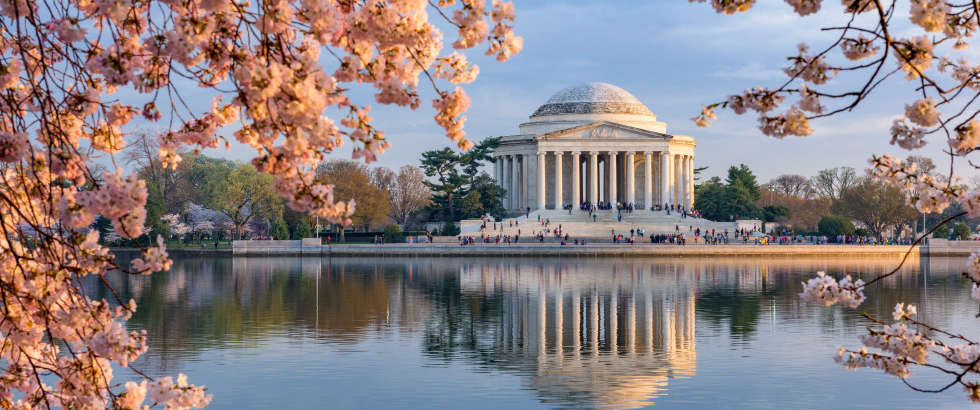
Washington, D.C., the nation's capital, is a bustling metropolis known for its historical landmarks, political significance, and vibrant cultural scene. With a population of approximately 700,000, it ranks as a unique entity, separate from the states in terms of population ranking. The population of D.C. has been growing steadily, reflecting its dynamic and attractive urban environment. Surrounded by Maryland and Virginia, Washington, D.C. serves as a central hub for government, international diplomacy, and a diverse range of cultural and economic activities.
Living in Washington, D.C. offers residents a fast-paced lifestyle with access to world-class museums, theaters, and historical sites. The city's high population density creates a bustling urban atmosphere, filled with opportunities for education, employment, and recreation. Washington, D.C.'s economy is bolstered by its role as the nation's capital, with a significant presence of government agencies, non-profits, and international organizations. The AreaVibes list of the largest cities in the region, based on data from the United States Census Bureau's American Community Survey, provides a detailed look at D.C.'s urban centers by population, highlighting the vibrant neighborhoods that make up this historic city.
| Rank | Location | Population | Area KM2 | Median Income | Livability Score |
| 1 | Washington | 701,974 | 158 | $90,842 | 75 |
To compile the list of the largest cities in District of Columbia, AreaVibes used census data from the United States Census Bureau's American Community Survey (ACS). The American Community Survey releases updated estimates annually, offering a valuable resource for understanding the evolving dynamics within communities. These estimates are crucial for officials, community leaders, businesses, and local residents as they provide insights into demographic, economic, and social changes. By analyzing ACS data, stakeholders can make informed decisions, plan for future developments, and address the needs of their communities effectively. The detailed population information from the ACS helps track trends, allocate resources, and implement policies that enhance the quality of life for all residents.
The map above serves as an excellent tool for discovering the most and least densely populated states across the United States. By highlighting both the states with the highest and lowest population density, it offers a comprehensive view of the nation's demographic landscape. This visual representation allows users to easily compare different regions, making it a valuable resource for anyone considering relocation or investment opportunities. Living in high density states could give you access to the following benefits: additional economic opportunities, enhanced amenities, improved health care, better infrastructure and technological advancement. Less densely poupulated states on the other hand, often have a lower cost of living, reduced traffic, closer-knit communities, abundant natural spaces and lower crime rates.